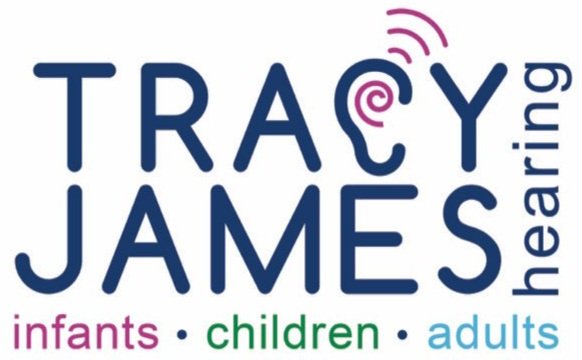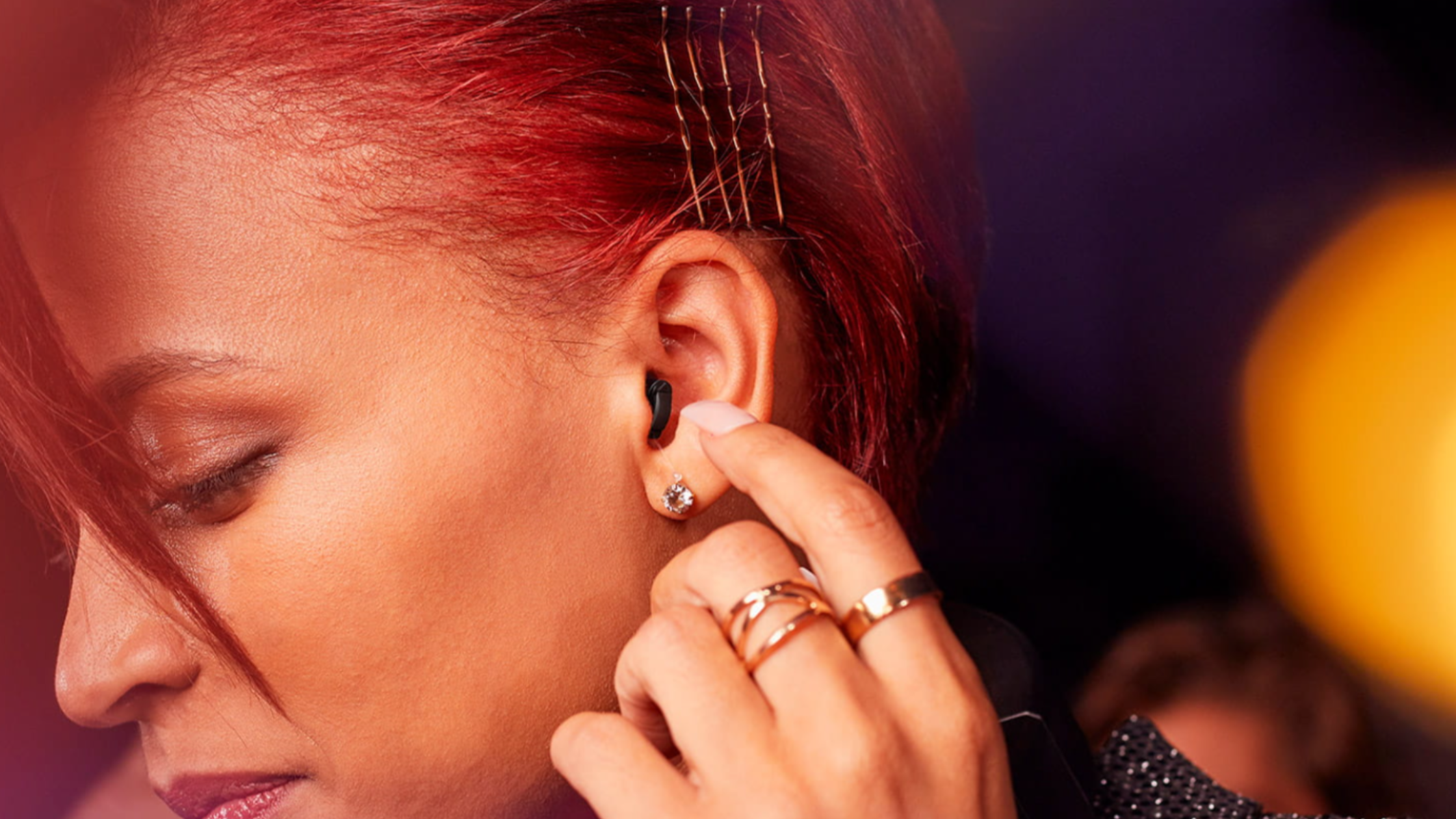CIC Ready to Wear Hearing Aids
Over the past 10 years we have seen a rapid development in electronic technology, from things like smart phones to electric cars. This rapid transformation in technology has been brought about by smaller circuit boards and better battery technology, consequently this has changed the way we live our lives. One area that has benefited from the use of Nano-technology are hearing aids. Since the switch over from analogue to digital hearing aids combined with the introduction of wireless technology it has meant that people with varying degrees of hearing loss can interact in society with greater autonomy than they did before.
Numerous studies have shown that anyone with a hearing loss at any age can very quickly withdraw from social interaction. Which is not good for their wellbeing or development, so helping to restore a good level of hearing through effective amplification is important.
More recent developments in hearing aid design (especially in the private sector) has been the use of in the Ear (ITE) and completely in the ear canal (CIC) hearing aids for mild to moderate hearing losses. This includes ready to wear CIC hearing aids.
What are ready to wear CIC hearing aids?
Ready to wear CIC hearing aids are digital hearing aids that still need to be programmed and fitted by a qualified audiologist or hearing aid dispenser. This will involve a hearing test (PTA) and possibly other diagnostic tests that would be needed to fit a conventional behind the ear (BTE) hearing aid.
This particular type of hearing aid sits in the ear canal too, like a custom-made CIC hearing aid. But the main difference is that they are not specific to an individual ear, and therefore do not need an impression of the ear canal to be taken. Instead of a custom-made ear piece, little silicon domes/caps (click sleeves) go over the end of the hearing aid to make it more comfortable in the ear, it also forms a seal which prevents feedback (whistling). As the ear canal grows or changes shape different sized/shaped domes can be used accordingly. In a way it is a bit like using a generic set of ear phones which aren’t designed for a specific user.
Who are they most suitable for?
Teenagers would benefit the most from this type of hearing aid as their ears are constantly growing and need regular impressions to be taken when wearing conventional BTE hearing aids. This can be time consuming and involve extra appointments (often during school hours), and therefore ready to wear CIC hearing aids would potentially reduce the number of fitting appointments needed.
Also, children/teenagers with a mild hearing loss are less likely to wear conventional BTE hearing aids if they can get away with it due to the social stigma and peer pressure by their peers of wearing a hearing aid. By not wearing their hearing aids it means they can miss certain speech sounds which has an impact on their educational development, so ready to wear CIC hearing aids are more discreet and can be an alternative solution.
Equally adults who suffer from age related hearing loss and who are reluctant to have a hearing aid may benefit from ready to wear hearing aids, as the aesthetics of the hearing aid is more discreet.
Who makes ready to wear hearing aids?
Signia (Sivantos Group) are the main manufacturer of CIC ready to wear hearing aids, although some of the other big hearing aid manufacturers e.g. Phonak are starting to develop similar products. However as with all hearing aids they have different features and settings, so the choice of manufacturer will depend on the level of hearing loss and personal requirements.
How much do they cost?
As it is unlikely that you will be able to get these hearing aids on the NHS (unless in extreme circumstances) it is likely that you will have to visit a private dispenser. Prices will vary depending on the retailer, but they could be in the region of £500 - £5000.
Below is a summary of the benefits and drawbacks of using CIC ready to wear hearing aids:
Advantages:
Reduces the need for regular impressions to be taken.
Click sleeves easy to fit/replace
More aesthetically pleasing for people who are reluctant to wear hearing aids.
Can be fitted on the same day as the patient does not need to wait for an impression.
Wireless and Bluetooth capability for streaming data between device and hearing aid.
Disadvantages:
Generally, only available in the private sector (difficult to get on the NHS).
Only suitable for mild to moderate hearing losses.
More difficult to repair i.e. needs to be sent off to the manufacturer for major faults.
Designed to fit an average ear canal (not suitable odd shaped/collapsed ear canals).
Contact us to discuss options for ready to wear CIC hearing aids

